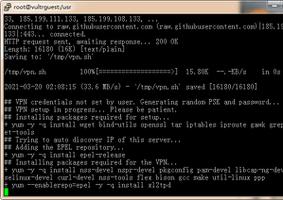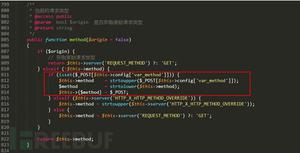pythontornado如何启动和配置?

之前简单的讲过了python tornado的安装,有的小伙伴已经迫不及待的想要做出一番成果了。接下来,小编就带大家学习下如何启动和配置,向高阶段的大神进发吧。
如果小伙伴一直关注这个系列,那么第一步应该对你来说习以为常。
$ mkdir tornado_todo$ cd tornado_todo
$ pipenv install --python 3.6
$ pipenv shell
(tornado-someHash) $ pipenv install tornado
创建一个 setup.py 文件来安装我们的应用程序相关的东西:
(tornado-someHash) $ touch setup.py# setup.py
from setuptools import setup, find_packages
requires = [
'tornado',
'tornado-sqlalchemy',
'psycopg2',
]
setup(
name='tornado_todo',
version='0.0',
description='A To-Do List built with Tornado',
author='<Your name>',
author_email='<Your email>',
keywords='web tornado',
packages=find_packages(),
install_requires=requires,
entry_points={
'console_scripts': [
'serve_app = todo:main',
],
},
)
因为 Tornado 不需要任何外部配置,所以我们可以直接编写 Python 代码来让程序运行。让我们创建 todo 目录,并用需要的前几个文件填充它。
todo/__init__.py
models.py
views.py
就像 Flask 和 Pyramid 一样,Tornado 也有一些基本配置,放在 __init__.py 中。从 tornado.web 中,我们将导入 Application 对象,它将处理路由和视图的连接,包括数据库(当我们谈到那里时再说)以及运行 Tornado 应用程序所需的其它额外设置。
# __init__.pyfrom tornado.web import Application
def main():
"""Construct and serve the tornado application."""
app = Application()
像 Flask 一样,Tornado 主要是一个 DIY 框架。当构建我们的 app 时,我们必须设置该应用实例。因为 Tornado 用它自己的 HTTP 服务器来提供该应用,我们必须设置如何提供该应用。首先,在 tornado.options.define 中定义要监听的端口。然后我们实例化 Tornado 的 HTTPServer,将该 Application 对象的实例作为参数传递给它。
# __init__.pyfrom tornado.httpserver import HTTPServer
from tornado.options import define, options
from tornado.web import Application
define('port', default=8888, help='port to listen on')
def main():
"""Construct and serve the tornado application."""
app = Application()
http_server = HTTPServer(app)
http_server.listen(options.port)
当我们使用 define 函数时,我们最终会在 options 对象上创建属性。第一个参数位置的任何内容都将是属性的名称,分配给 default 关键字参数的内容将是该属性的值。
例如,如果我们将属性命名为 potato 而不是 port,我们可以通过 options.potato 访问它的值。
在 HTTPServer 上调用 listen 并不会启动服务器。我们必须再做一步,找一个可以监听请求并返回响应的工作应用程序,我们需要一个输入输出循环。幸运的是,Tornado 以 tornado.ioloop.IOLoop 的形式提供了开箱即用的功能。
# __init__.pyfrom tornado.httpserver import HTTPServer
from tornado.ioloop import IOLoop
from tornado.options import define, options
from tornado.web import Application
define('port', default=8888, help='port to listen on')
def main():
"""Construct and serve the tornado application."""
app = Application()
http_server = HTTPServer(app)
http_server.listen(options.port)
print('Listening on http://localhost:%i' % options.port)
IOLoop.current().start()
我喜欢某种形式的 print 语句,来告诉我什么时候应用程序正在提供服务,这是我的习惯。如果你愿意,可以不使用 print。
我们以IOLoop.current().start() 开始我们的 I/O 循环。让我们进一步讨论输入,输出和异步性。
以上就是python tornado启动和配置的方法。更多Python学习推荐:云海天Python教程网。
以上是 pythontornado如何启动和配置? 的全部内容, 来源链接: utcz.com/z/529399.html









